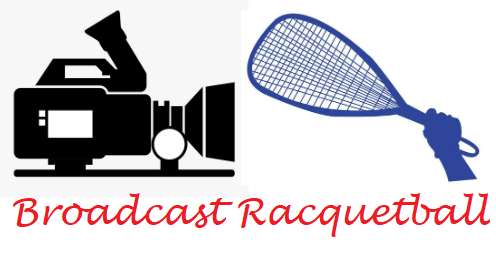Here we will detail the equipment that we can bring to your event for the broadcast. None of these are affiliate links. Most of the links go to Amazon or to B&H Photo. We use the Smile.Amazon.com program links to ensure that if your Amazon purchases are eligible to send money to a charity, then it will.
PC, Software, and Internet
The broadcast starts with a laptop with a powerful graphics card, running vMix Max. vMix Max controls the commercials, scoreboard, instant replay, output to local TVs for VIP viewing, and the streaming to the internet.
We use Restream.io – Standard to keep our stream bandwidth to a minimum over the connection from the PC to the internet at large. Restream then sends that stream to the appropriate Facebook, YouTube, Twitter, and Twitch channels as desired.
Video, Switching, and Capture
Locally, up to three cameras can be used to cover the court. (We will frequently only use one or two outdoors, as the high contrast provided by bright sunlight and shadows diminishes the camera angles and the ability for the viewer to pick up the ball.) We use the Sony Handycam FDR AX43 4K cameras. Because the cameras are all the same model, we are able to keep the white balance and color correction to a minimum. We have added a wide-angle adapter for our center camera for the Florida State Doubles Championship. For the Racquetball Canada Championships in 2022, we used a Sony FDR AX53 4K camera with a different wide-angle conversion lens as our center camera.
We connect the three cameras and switch between them with an ATEM Mini Extreme ISO switcher and capture device. The ATEM Mini Pro would also work to provide the multiview for the commentators, but we use the Extreme so that we have 2 HDMI outputs for the most versatility.
To enable the commentators to have a quick view of all three cameras as well as the broadcast that is going out to the world, we use a Pixio PX160 Portable Monitor (no longer available, but Amazon will suggest similar devices in the same price range).
Controls
To connect the PC and the ATEM for control, we bring a router and an Elgato Stream Deck XL. The Stream Deck is also used to automate the broadcast so that commentator mics are muted as appropriate, commercials play during timeouts and between games, and to trigger local recording and the start and stop of the broadcast.
Audio
To bring the commentary into the broadcast, we use a Zoom PodTrak P4 Podcast Recorder and two Audio-Technica BPHS1 Broadcast Stereo Headset with Dynamic Cardioid Boom Mics. To bring in the court noise, we run a lavalier microphone into the camera closest to the door of the court. This audio is then brought into the production via the ATEM.
Cabling and Wireless
We bring all of the needed wiring to connect all of our devices. When flying to an event, we do ask the event host to provide extension cables for power and ethernet as we won’t frequently be able to get precise measurements of the distance from those services to the broadcast table prior to the event. When driving to an event, we bring 100-foot ethernet cables and multiple 25-foot power cables. To get the signal from the cameras to the ATEM, we use the Hollyland Mars 300 Pro. This keeps us from needing to run extended HDMI cabling between the broadcast table and the court. If there is a situation where there isn’t line of sight from the camera to the broadcast desk, we use this 4K HDMI Ethernet Extender.
Tripods and Suction Cups
We find that it is best to have two matching tripods so that the height of the side cameras can be precisely the same. For the center camera, we use the Delkin Fat Gecko Dual Suction Cup Mount and have found it extremely reliable.
Have any questions about this equipment and viable alternatives? Hit us up via the Contact page!
